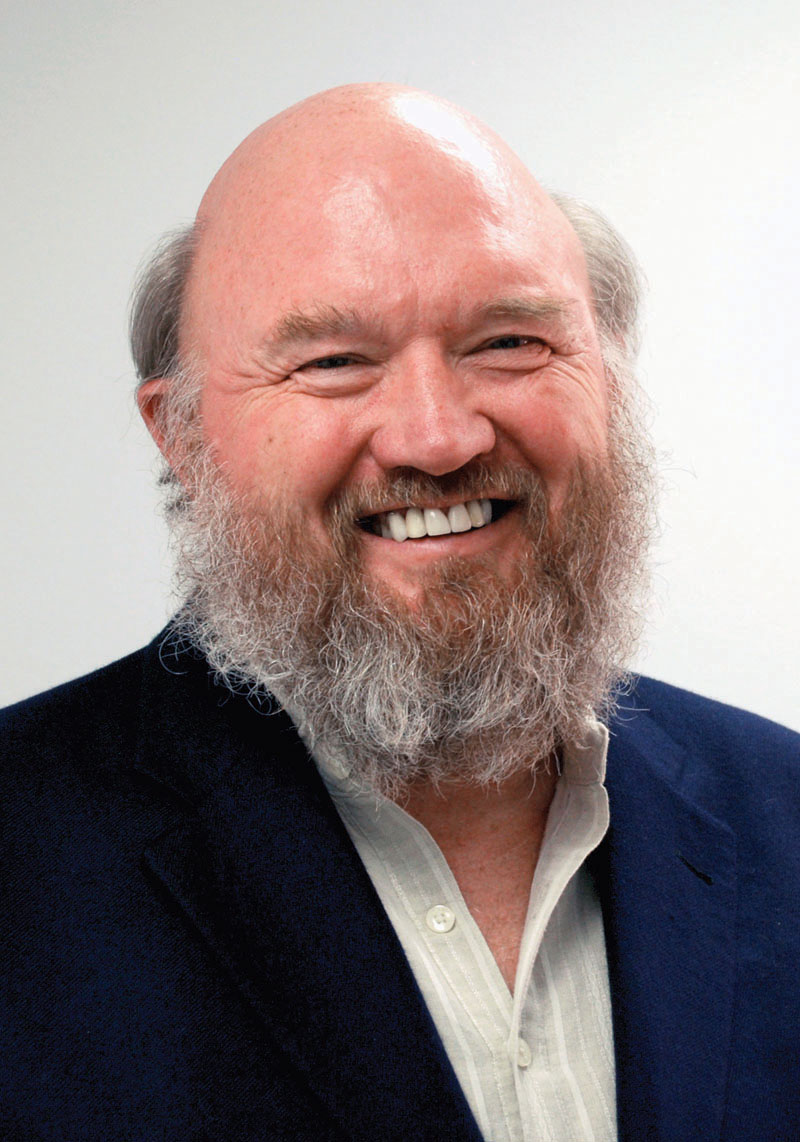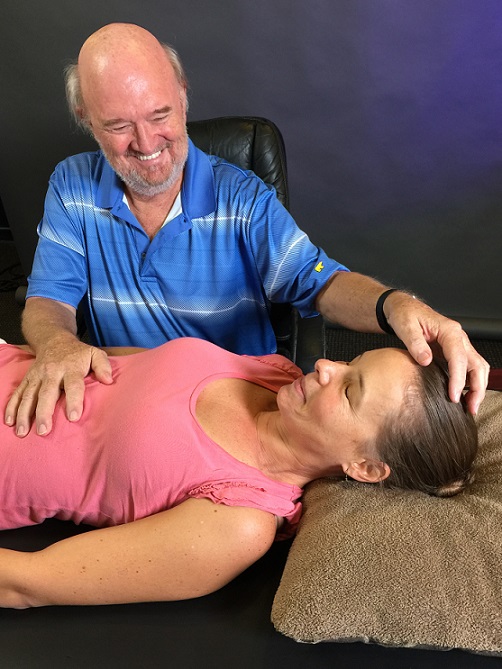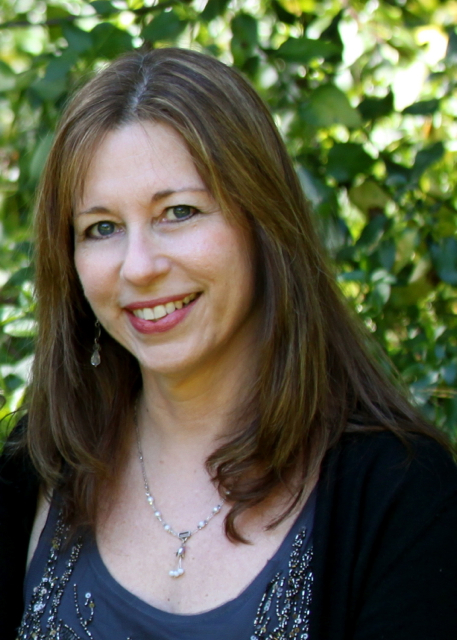Our ability to thrive in life is highly dependent on our interactions with our environment. This seems obvious when we look at our relationships with other people, but what about the relationships and interactions with the invisible world?
The invention of the microscope put us in a tailspin resulting in a fearful, defensive perspective of the microbial world. This has undoubtedly influenced our knowledge of the immune system and it’s role in the bodymind. Recent discoveries in science have poked holes in our paradigm revealing our misunderstanding of the microbial world and the immune system. This has forced us to let down our defenses and take a closer look at the role these invisible multitudes are playing. Further to that, the immune system is so intimately connected to the nervous and endocrine systems that we must also examine the influence on key stress loops, and the fascinating mind-body connection.
Ecology is the study of the interaction between organisms, and the relationship between organisms and their physical and chemical environment. This includes the structure and function of ecosystems.
BodyEcology investigates the dynamic interaction between the microscopic world and the bodymind. We examine a variety of “friendly” microbes and compare them to the classic “pathogenic” microbes that we are all so familiar with. Disorders in our internal microbial ecosystem can influence our susceptibility to a range of chronic diseases. We can no longer approach the microscopic world in a suspicious, fearful battle—a battle that allopathic medicine has been losing for years. It is time to take a new approach, to look with fresh eyes. When we start to do this it becomes clear that the immune system is far more intricate and complex than we thought.
The last piece of this puzzle includes the exploration of fundamental nutrients—the key building blocks of the body. Here we will address types of imbalances, regulation of natural physiology pathways, supplement congestion in the organs, and more.
Join us for a fascinating journey down the microscope.
 | Dr. John Veltheim |
Dr. Veltheim has written numerous magazine and journal articles on BodyTalk and his other fields of knowledge. Dr. Veltheim’s work has also been published in the Journal of Alternative Medicine Research. The journal’s publishers were so impressed with his development of The BodyTalk System, they dedicated an entire volume solely to articles about BodyTalk. |  |

Laura Stuve, Ph.D.
Laura Stuve is a Ph.D. molecular biologist, an Advanced Certified BodyTalk Practitioner, PaRama BodyTalk Practitioner, and Advanced Certified BodyTalk Instructor. She spent 25 years doing research in human molecular genetics in both academia and the biotechnology industry, before transitioning into BodyTalk. She received her Ph.D. in Biochemistry from the University of California, San Francisco and went on to do a post-doctoral fellowship at Stanford, working on the Human Genome Project. She has directed numerous research projects focused on the investigation of the genetic basis of human disease.
Laura's lifelong interest in alternative healing, Chinese medicine, dream interpretation and shamanism led her to discover BodyTalk. Laura has been practicing BodyTalk since 2005 and became a Certified BodyTalk Instructor in 2009. She teaches BodyTalk Fundamentals, Fundamentals Integration, Macrocosmic Bodymind (Mod 6), and BodyTalk Access. Additionally, Laura has a mentoring program for training BodyTalk students that provides a structured instructor-facilitated environment for learning BodyTalk.
Laura directed a pilot clinical research study for BodyTalk, working with Dr. Janet Galipo, Advanced Senior BodyTalk Instructor, in 2010 through 2012. This study showed very compelling results demonstrating the effectiveness of BodyTalk in treatment of chronic pain conditions.
“From the medical point of view, they have a quandary. They now know that all these good bugs are there, and they know it’s not good to kill them, but in fighting disease, the main medical model is to use drugs that kill bugs. That medical model is going to be flipped upside-down because really the focus has to be how to be friendly with the bugs and how to help them. It’s great for us because we have tools with BodyTalk where we can influence [these bugs] profoundly and make big, big changes, and it fits into the BodyTalk protocol very nicely.”
– Dr. John Veltheim
The BodyEcology course is the equivalent of four full days of lecture material. The course is open to anyone. There are no prerequisites to attend. Even though the material will have immediate application for BodyTalk practitioners, the sheer volume of research that has been incorporated into this course will be extremely rich for anyone in the field of healthcare, particularly those interested in microbiome research and the study of the mutualist function of microbes in the body. For BodyTalk Practitioners, the course provides specific insights on how to incorporate the material into their practice. The complete course will go into depth on each of the following topics:
Microbes
- The microbiome – the human/microbe ecosystem.
- Detailed investigation of microbes with key features and distinctions between the four microbe classes (bacteria, virus, fungus, parasite), allopathic approaches, and examples of pathogenic and friendly members of each class.
- Deep dive into the microbiomes of the gut, eyes, respiratory system, mouth, skin, vagina, and male urogenital system.
- The gut microbiome and brain connection.
- The three brains (head, heart, enteric).
- The immune system – distinguishing between pathogenic and friendly microbes, i.e., it is no longer a matter of discrimination between self and non-self.
- Tissues of the immune system; the adaptive and innate immune systems; immunity and psychology.
- Imbalances from allopathic approaches; antibiotics – how they work and microbiome imbalances they may cause.
- BodyTalk strategies – identifying missing species, depleted species, overabundant species, and a variety of approaches to balance this intricate dynamic.
- Allergies, intolerances, autoimmunity.
- A spectrum of imbalances of the immune system, what can go wrong and why.
- The role of the amygdala pathways in allergic reactions and the imprinting of sensory stimuli to an active memory.
- Resonance – BodyTalk strategies for balancing/harmonizing the body to a substance.
- Factors impacting microbiome diversity.
- The immune system and microbiome relationships, including evolutionary entanglement.
Fundamental Nutrients
- Key building blocks of the body – proteins, carbohydrates, sugars, fats.
- Macro minerals, trace minerals, vitamins, minerals as toxins, formulation of supplements.
- Fiber, prebiotics, probiotics.
BodyTalk Practical Applications
- Body Parts as a strategy.
- Microbiome and epithelium practical application.
- Immune System practical application.
- Fundamentals substances application.
- Three brains practical.
Course Components
The course includes a 174-page in-depth digital manual, 16 lecture videos each approximately 90 minutes in length, practical demonstrations, the complete slide presentation from the course (524 slides), and 7 pages of printable charts that serve as an extension to the BodyTalk Protocol Chart. The charts include:
- An extension of Body Parts on the BodyTalk Protocol Chart
- Map of the Immune Tissues of the Body
- Map of the Immune Cells of the Body
- Mutualists of the Microbiome (2 pages), which includes Physiology Definitions and Epithelial Cell Borders
- Meridians for Body Ecology
- Fundamental Macro and Trace Minerals Chart
This course counts for 32 CEUs which meets the requirements for a full two-year renewal period for CBPs.


 Online anytime at your own pace
Online anytime at your own pace
